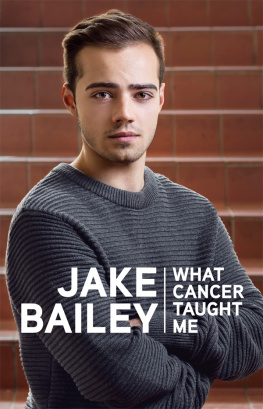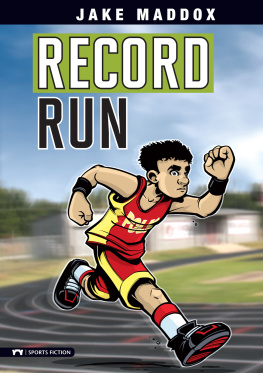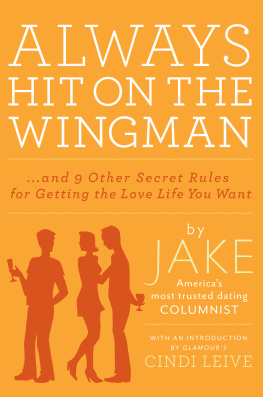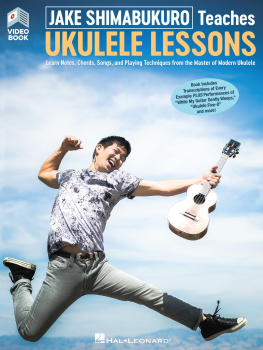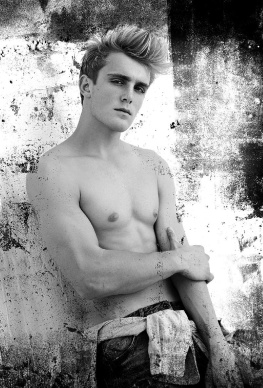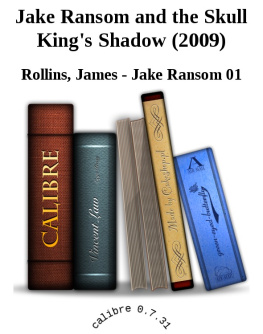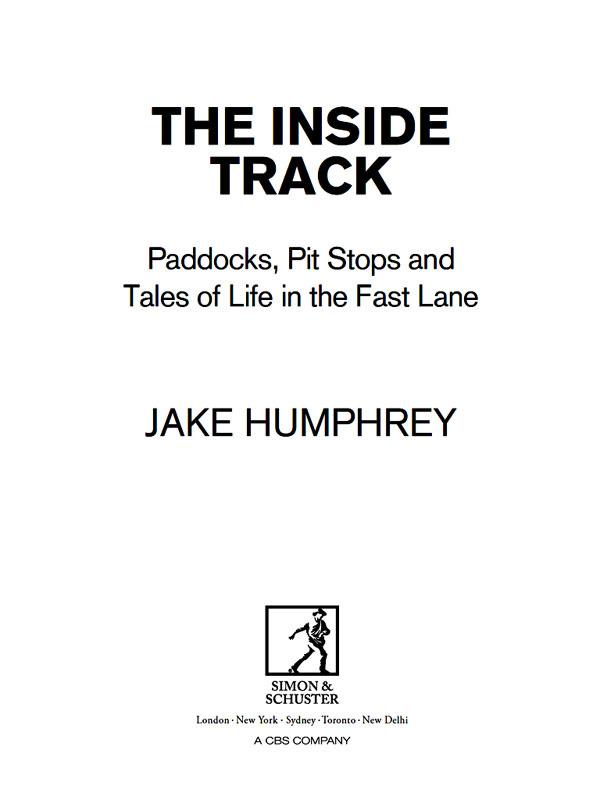THE INSIDE TRACK
For Steve Vickerstaff and Gemma Barrett, who are both sadly missed but act as a daily reminder to savour every moment
First published in Great Britain by Simon & Schuster UK Ltd, 2012
A CBS COMPANY
Copyright Splendid Rush Productions Limited 2012
This book is copyright under the Berne Convention.
No reproduction without permission.
and 1997 Simon & Schuster Inc. All rights reserved.
The right of Jake Humphrey to be identified as author of this work has been asserted in accordance with sections 77 and 78 of the Copyright, Designs and Patents Act, 1988.
Simon & Schuster UK Ltd
1st Floor
222 Grays Inn Road
London
WC1X 8HB
www.simonandschuster.co.uk
Simon & Schuster Australia, Sydney
Simon & Schuster India, New Delhi
A CIP catalogue record for this book is available from the British Library
HB ISBN: 978-1-84983-724-8
TPB ISBN: 978-1-84983-725-5
eBook ISBN: 978-1-84983-727-9
Typeset by Hewer Text UK Ltd, Edinburgh
Printed and bound in Great Britain by CPI Group (UK) Ltd, Croydon, CR0 4YY
Contents
The warm-up
Sometimes in my job the drama doesnt only unfold on the track. On occasions weve had all of our technical equipment fail just minutes before the live programme. That is an unbelievably nerve-wracking experience. Suddenly everything planned guests, locations and talking points goes out of the window. Thats when we head to what we call the bolt hole.
All our technical equipment operates using radio waves, but as a back-up we have an area we can go where everything gets plugged in with wires. Its safe, reliable, but pretty restricting. Ill never forget the time, standing in the pit lane in Hockenheim for the German Grand Prix, when all of a sudden my earpieces went silent. We were minutes from going live; cue frantic looks among the team as we quickly established that everyone had lost all form of communication. In the pit lane we were totally helpless. As we raced to the bolt hole, my mind turned to how we might fill an hours build-up if we couldnt move anywhere. I concentrated on trying to stay as calm as possible. Ideally the viewers at home would remain unaware of any problem at all and thats when you earn your money.
Moments like that I compare to a swan paddling frantically against the current under the water, while all you see above the surface is a serene, calm vision of confidence. At least, thats the idea.
There are many variables in this job. A pit lane that resembles Times Square while an engine roars up behind you; trying to guide two experts while looking out for a guest; knowing what the next link is, and then stopping to the second its all over.
And the greatest thrill of all for me? That we broadcast live from the paddock and pit lane, not from a comfy, warm studio. I struggle to think of a place less well suited to easy television than a pit lane but, boy, it certainly makes for dramatic viewing.
The few hundred fans in there with us before the race are the fortunate ones. With tens of millions tuning into the drama on TV sets around the world, these lucky men, women and children are actually spitting distance from an F1 car and the hallowed, spotless hives of activity that are the teams garages. Even more than that, in an hour this pit lane will be the focus of the race. Some will be the guests of sponsors, others competition winners, or perhaps they simply know the people to know! Most will have paid a whopping premium to stand in there, in the midday sun, and smell the oil, hear the engines, feel the energy.
And it was against this backdrop that we went live to the nation in Melbourne in March 2009. With all that going on around you its so easy to get carried away and speak too fast, try and cram too much into a sentence or transmit everything you can see and feel to the viewer. At that moment, however, I was in survival mode just get through this first broadcast and all will be okay. I hoped.
How I became an F1 presenter
In the autumn of 2008, I was scooped up from the friendly, colourful, smiley world of childrens television and pitched headfirst into one of the most high-profile, ruthless and exciting sports on the planet: Formula One. Im often told, via Twitter, blogs and sometimes straight to my face as I walk down the street, that I must have one of the best jobs in the world, and I would never argue with that. I get the chance to travel the world, watch sporting history being made, meet global icons and deal with the cut and thrust of live television on a weekly basis.
Of course, a whole lot more goes on behind the scenes of Formula One than the glamorous bits, and with every job come challenges, but no matter the highs and the lows, I always carry with me the saying we use in my family: Roots and wings. For me, the phrase is a constant reminder of the importance of a strong, stable, supportive home life. To use the latter, you need to have the former; roots provide you with a solid and stable background that gives you the confidence to use your wings. Great wings that carry us across oceans are wonderful, but without firm roots we wouldnt have the courage to use them, and eventually wed come crashing down. Up until the age of twenty-eight, I hadnt really needed to use my wings at all, and I probably wasnt aware just how strong my roots were. Then, on 3 September 2008, I was offered the chance to present the BBCs Formula One coverage, and Ive hardly stopped beating my wings since.
Following in the footsteps of the consummate professional Steve Rider, and the dedicated ITV Sport team behind him, was always going to be a daunting task, and lets just say that my first production meeting at the BBC didnt exactly get off to a flying start. It was the first time wed all be together in the same room not only would the programme-makers be present, but also my new on-screen family: Martin Brundle, who is without doubt one of the greatest F1 commentators weve had in this country; Eddie Jordan, who used to fill my living room with a burst of vibrant yellow every weekend when I watched the Grands Prix as a kid; and finally David Coulthard, who was a star of British motorsport for well over a decade. These were people I had watched and admired for years, and suddenly here I was, required not only to be their colleague, but also to strike up an instant rapport with them. Not the most natural of things, I can assure you.
An initial hello was going to be nerve-wracking enough, and I was keen to get off to a good start when we all met up. Unfortunately, the reality of what happened couldnt have been further from what Id planned! Our meeting was scheduled for 10am at west Londons BBC Television Centre, and I was running late. My family and friends will testify that this is pretty normal for me, but Id hoped that with light traffic and a little bit of luck, it might just be all right. It wasnt. You know one of those journeys where at every turn you take youre faced with brake lights? When, as soon as you do a U-turn out of a traffic jam, the cars start moving again? Well, that was my morning and, as I sat in the car, panic rising up through my body, all hopes of getting off on the right foot were blown. I was 20 minutes late. To make matters worse, the meeting was in a boardroom on the sixth floor a large, quiet, echoing room at the best of times. I arrived, peered through the crack in the door and saw twenty or so people gathered around an oval table the meeting had clearly started without me.
Suffice it to say, its difficult to sneak unnoticed into a room when youre six foot three and the door ccrrreeeaaakkkkks open to announce your arrival. No one really knew me at all at that point and, as every single face turned to look at me, its fair to say that first impressions werent good. And this was before I had grasped exactly how important it is to stick religiously to schedules and timings in F1. I slid into the glaringly vacant seat and squeaked, There was an accident! The boss leant in towards me and said, There will be. I consoled myself with the thought that things could only get better from there...
Next page



